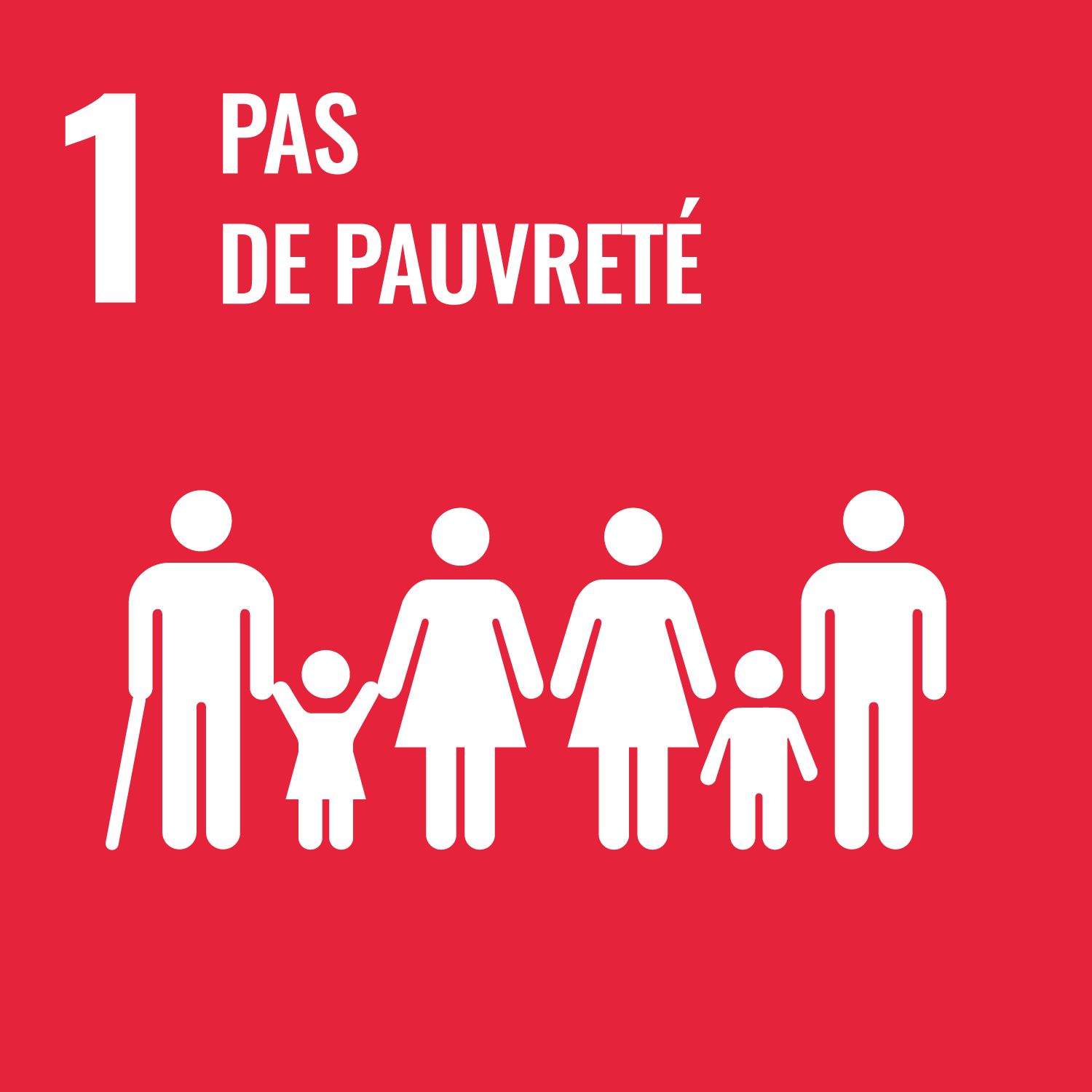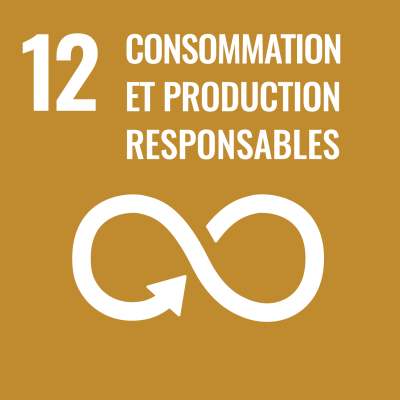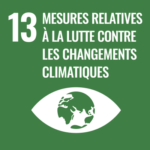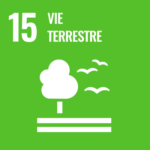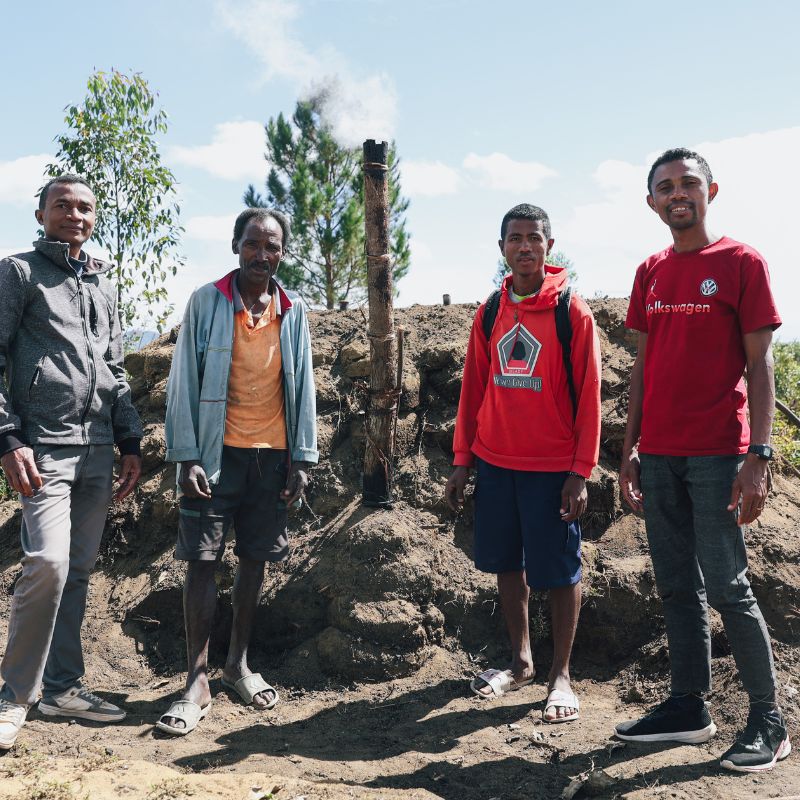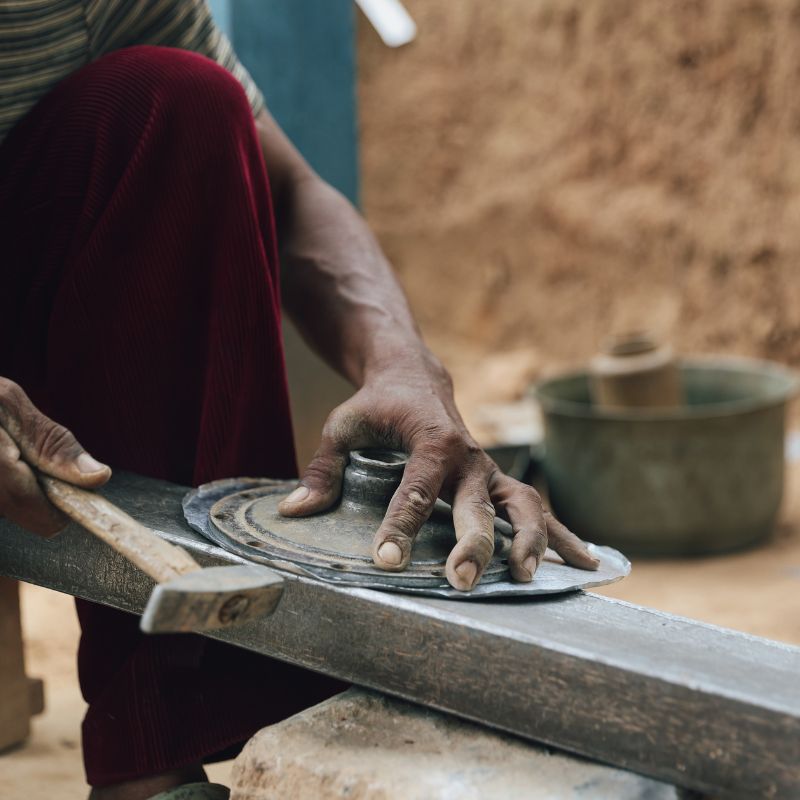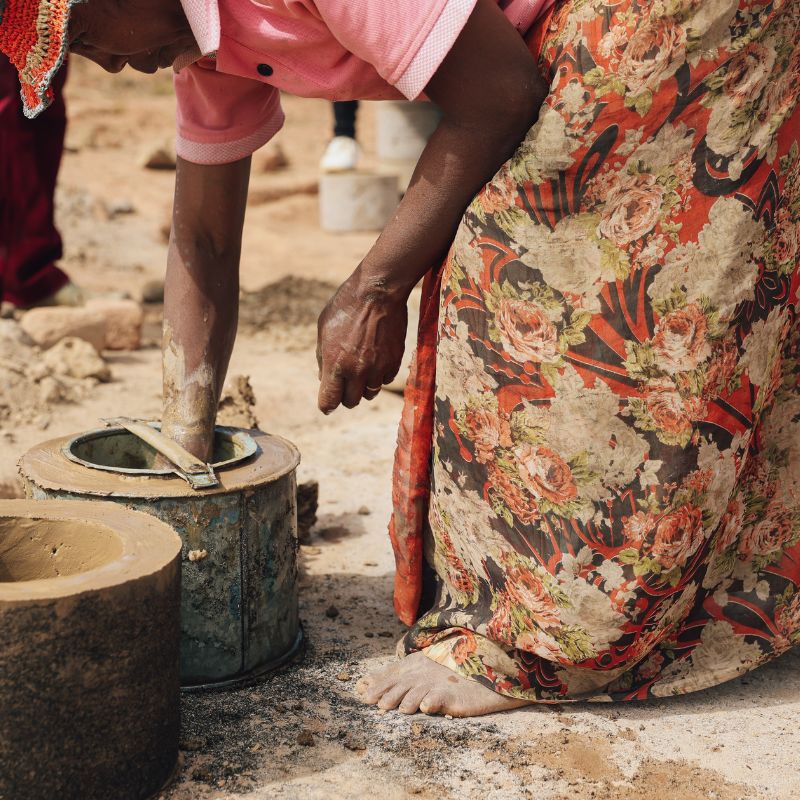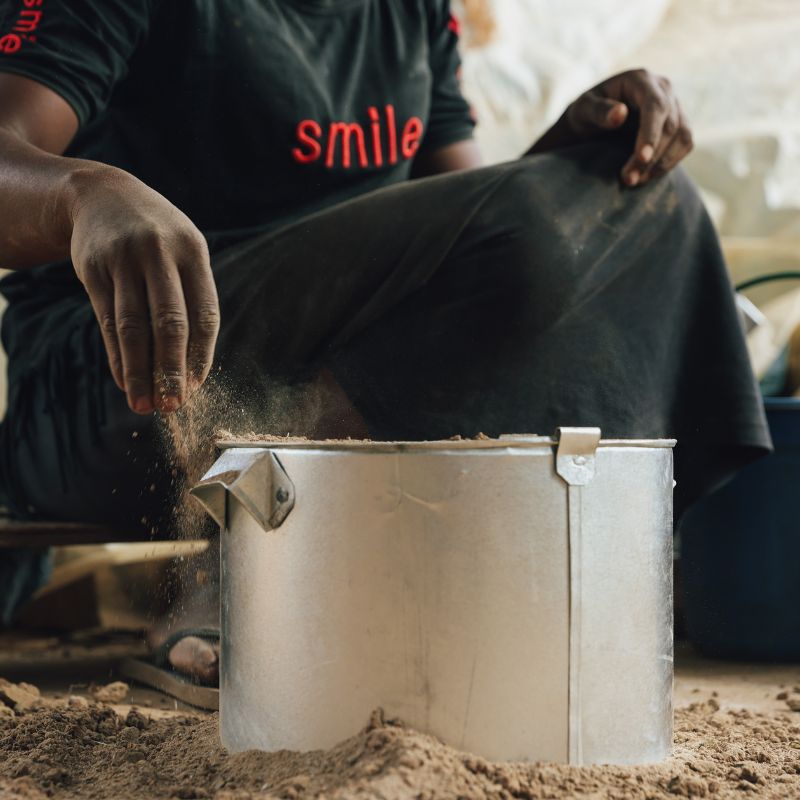
Our projects
Integrated development, planning and wood energy
Project DIABE – Madagascar
On deployment
The project operates in the Analamanga, Itasy and Alaotra Mangoro regions, all in and around the capital of Madagascar, where the majority of the population uses wood fuels* (96.6% in urban areas and 99.6% in rural areas in the Analamanga region, SRABE, 2019). Expenditure on energy needs for cooking often represents a significant proportion of the household budget. A large proportion of households still use traditional cooking stoves with low energy efficiency, despite the gradual installation of improved stoves. Overall, it is estimated that around 23% of Malagasy households buy wood or charcoal, compared with 77% who collect wood free of charge (Etc Terra Rongead, 2018).
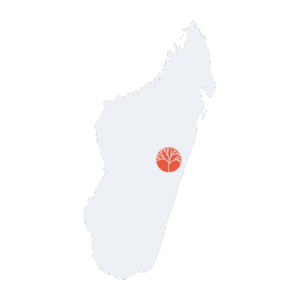
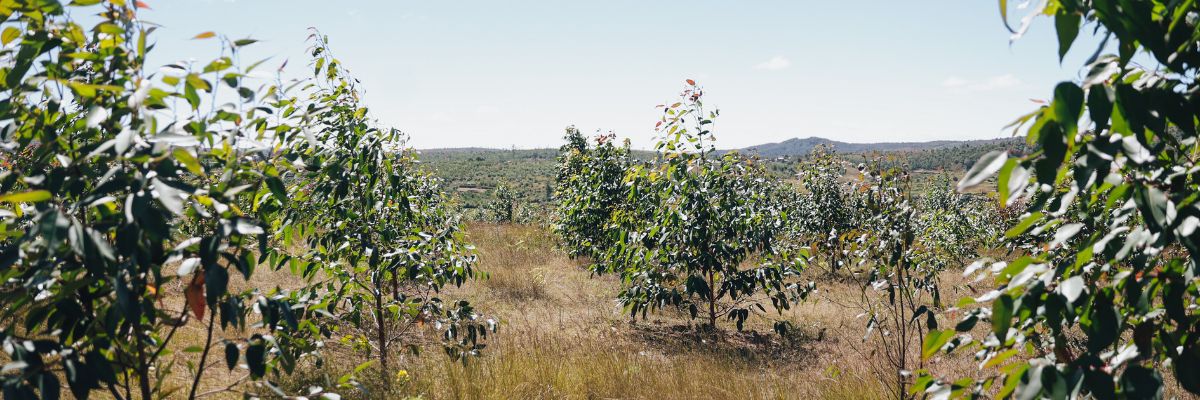
Context
The effects of the pandemic and international crises have exacerbated Madagascar’s long-standing economic and food security problems, partly due to its dependence on food imports, particularly rice. The proportion of the population living below the national poverty line has risen from 72.5% in 2012 to 75.2% in 2022. It is estimated that wood energy accounts for at least 11% of household expenditure in the Analamanga region (SRABE, World Bank, 2019).
Wood energy (BE) is the leading source of domestic energy in Madagascar. Its consumption is twice the sustainable production potential of Madagascar’s forests, estimated at 9 million m3 in 2015 (SNABE, 2018).
Objectives
In response to this context, the Diabe project is involved in 6 areas: reforestation for energy purposes, the dissemination of improved carbonisation techniques (TAC), the dissemination of improved stoves (FA), support for the marketing of TAC charcoal and FA, the establishment of decentralised forest control (CFD) and a platform dedicated to the wood energy sector (PBE) and, finally, improving the nutritional status of beneficiaries. Taking gender into account is also a strong cross-cutting component of the project.
The project’s SDGs
Key figures
Since 2020, the programme has included :

5 515 641
trees planted

4 6182
hectares reforested
Photos © Christophe Michel
« The DIABE project is enabling me to replant one of my plots, which will be very important for my family in a few years’ time. Without this project, I wouldn’t have access to seedlings. »
Naerae, reforester for the DIABE project
Financed by

Implementation partner



